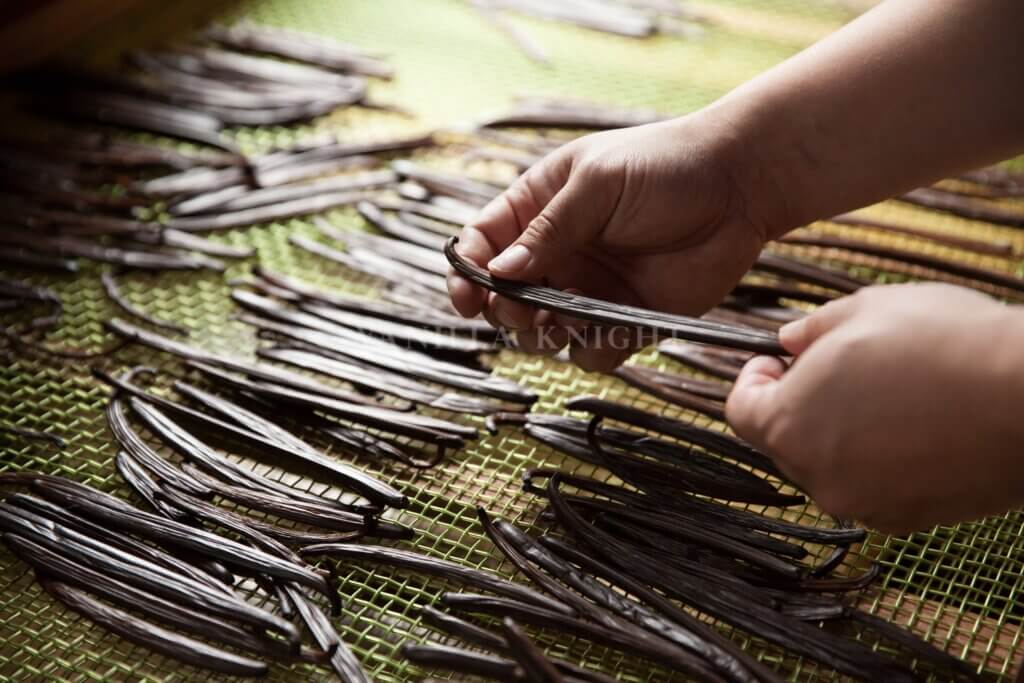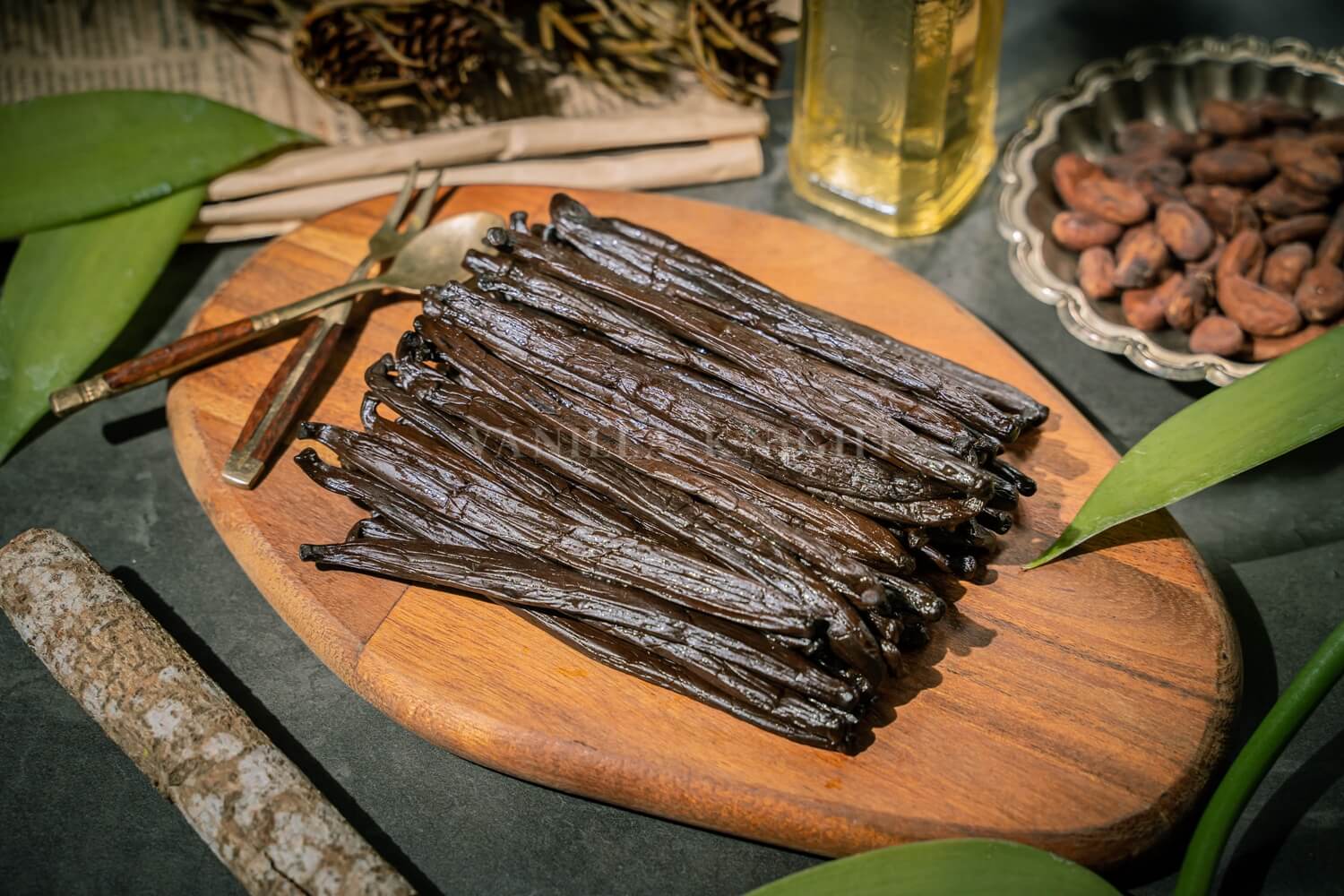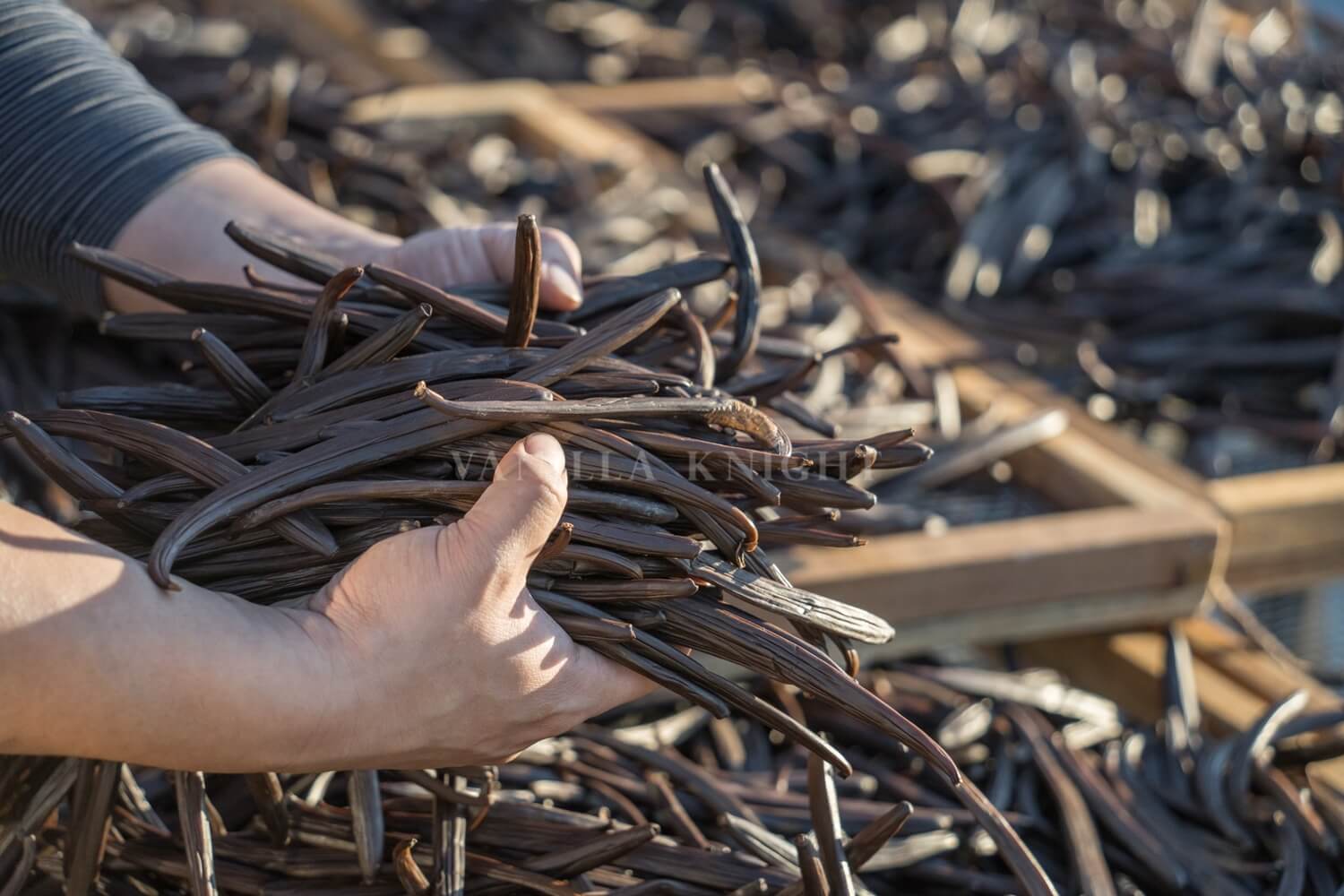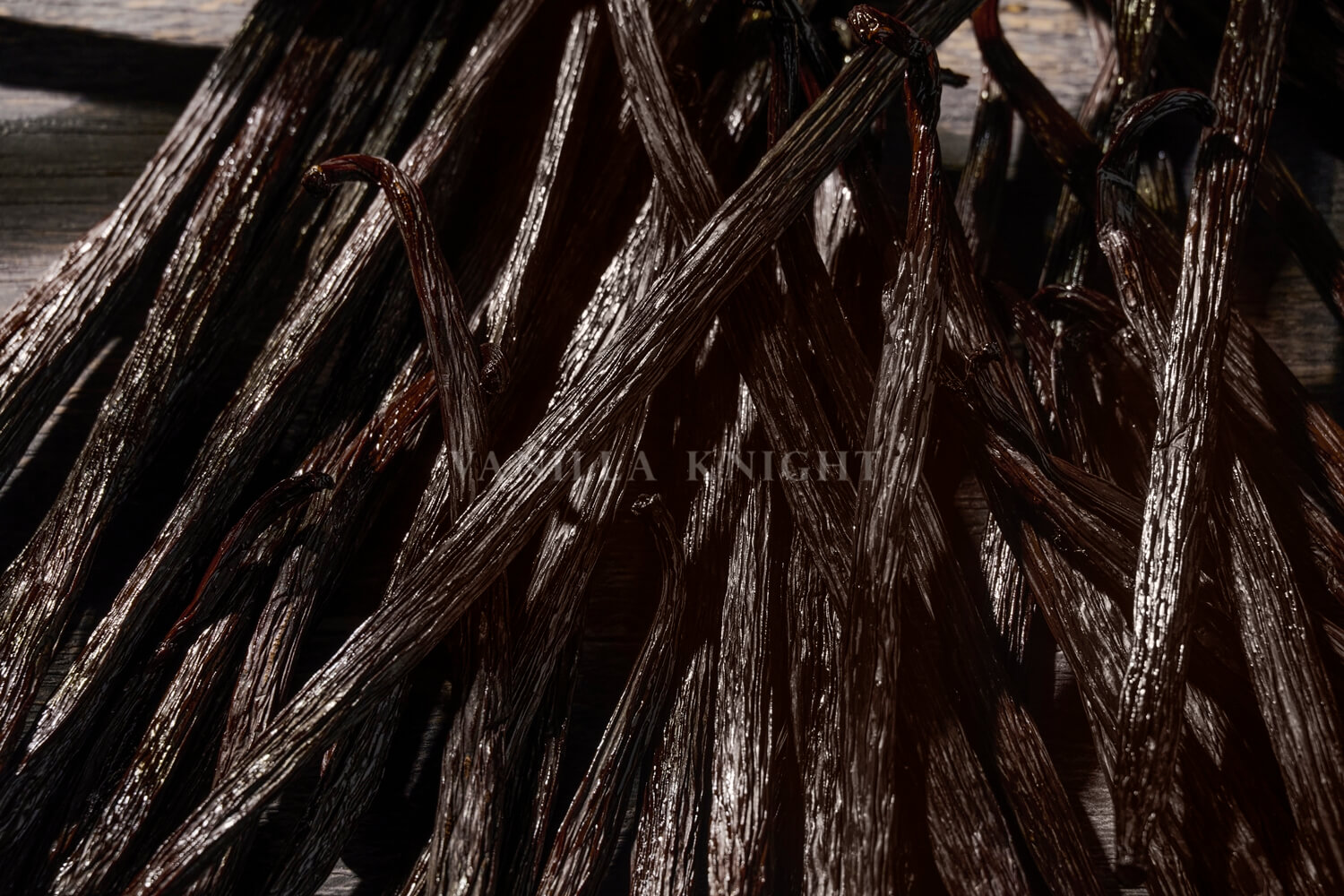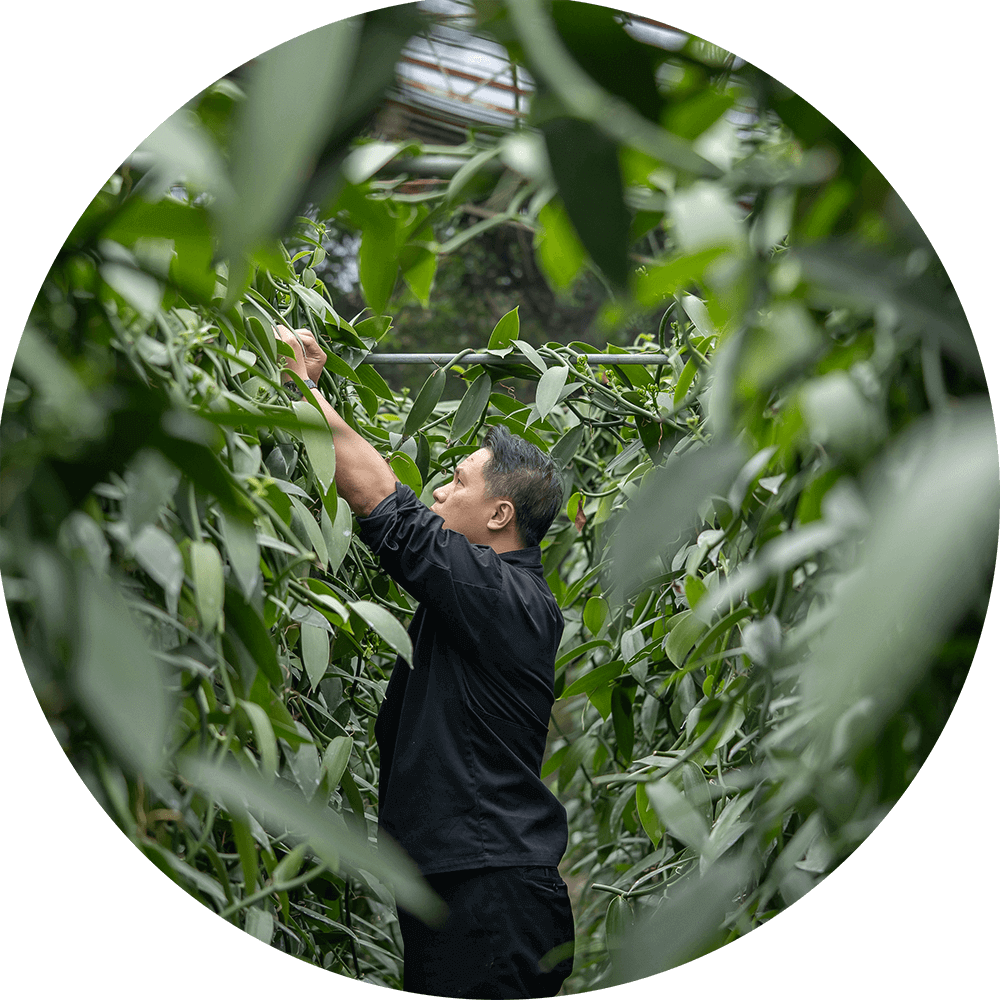The Importance of Learning to Distinguish the Quality of Vanilla Beans
Vanilla beans are one of the most popular spices, but the quality of those available on the market varies widely. Learning how to assess the quality of vanilla beans is very important because their quality directly affects the intensity of their aroma, their flavor characteristics, and their performance in cooking and dessert making. Although high-quality vanilla beans may be more expensive, their aroma is richer, which means you might need to use less of them!
⚠️我要購買台灣香草莢:台灣香草莢專門店-香草農夫(香草騎士)
Judging Vanilla Bean Quality by Appearance
We typically use appearance as the most straightforward criterion for evaluating the quality of vanilla beans. First, consider their visual characteristics. Good vanilla beans generally measure between 12 and 25 centimeters in length, and longer beans are usually of higher quality. Also, check if the beans are straight and intact without any cracks or spots.
Furthermore, high-quality vanilla beans often have a darker color, even appearing deep brown or nearly black, with a shiny exterior and a soft texture. The interior seeds should be plump and abundant—the more seeds, the better.
※ If you notice white crystallization on the surface, this is vanillin crystallizing after contact with air, indicating a high vanillin content!
Judging Vanilla Bean Quality by Moisture Content
Does a plump vanilla bean necessarily mean it is the best? Sometimes, a vanilla bean may appear full, but that might simply be due to an excessive moisture content in the pulp. We can more accurately assess the moisture content by examining the degree of wrinkling on the pod and the softness of the pulp. According to ISO 5565 standards, the moisture content of a complete vanilla bean should be between 25% and 38%. When the moisture content is optimal, the pod will be supple and glossy; if too low, the pod may appear dry, hard, and display a pale coffee color.
Judging Vanilla Bean Quality by Aroma
Vanillin is the primary source of aroma in vanilla beans and is one of the most abundant aromatic components. The higher the natural vanillin content, the better the quality. According to ISO 5565 standards, the vanillin content in vanilla beans should range from 1.6% to 2.4%. Moreover, the aroma of vanilla beans is not solely due to vanillin; they also contain more than 150 other volatile compounds. Therefore, compared to chemically synthesized vanilla extract, the aroma of natural vanilla beans is much richer and fuller.
The Taiwanese market offers various types of vanilla beans, including locally produced ones as well as those imported from Madagascar, Indonesia, and Papua New Guinea. The main species is Vanilla planifolia, commonly known as Bourbon vanilla or Mexican vanilla. Bourbon vanilla typically exhibits a woody and caramel aroma, with a hint of plum-like flavor.
Overall, most vanilla beans on the market are packaged in glass tubes with vacuum sealing, which prevents you from directly smelling their aroma. Therefore, choosing vanilla beans with excellent appearance is crucial. When selecting, pay attention to features such as the pod’s length, fullness, uniformity of color, and whether it is intact without damage. After purchase, you can open the package and smell the beans to confirm their quality.
Choosing high-quality, sustainably produced vanilla bean farms helps support sustainable agricultural practices, protect the ecological environment, and ensure that farmers receive fair returns. This, in turn, encourages more producers to adopt environmentally friendly and socially responsible production methods.
⚠️我要購買台灣香草莢:台灣香草莢專門店-香草農夫(香草騎士)

